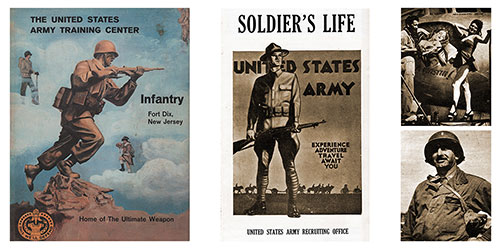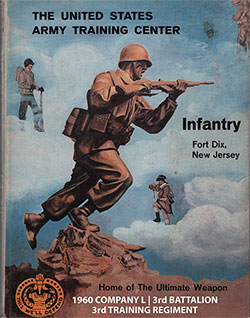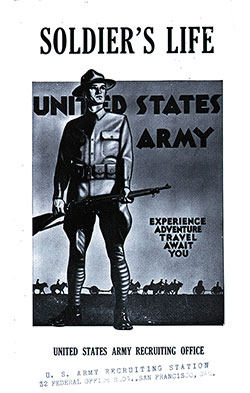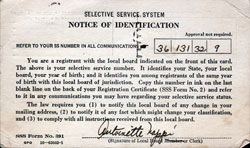US Army Archival Collections

Historical materials covering the United States Army including books, brochures, selective service system, BCT yearbooks, and more.

Our Collection Includes Yearbooks from:
- Fort Dix
- Fort Benning
- Fort Jackson
- Fort Campbell
- Fort Knox
- Fort Leonard Wood

🪖 Soldier’s Life (1939) – Covers military pay, sports, discipline, education, and global travel on the eve of WWII.
📍 Fort Lewis Reception Station (1950s) – A Cold War‑era onboarding guide packed with orientation details, rules, and benefits for new recruits.
Explore historic Army brochures that reveal what life was like for U.S. soldiers between 1939 and the 1950s—from enlistment and reception processing to training expectations, travel opportunities, and daily routines.
🔍 Ideal for: Veterans, genealogists, military historians, educators, and students seeking primary source material on the American soldier experience.

Our Army Magazine collection is primarily of the Army Digest and Yank Magazine, printed during World War II.

Army Books & Manuals 📚
Our Army book collection is organized within war-specific sections for better context and research value.
- World War I Books & Manuals — training guides, soldier handbooks, pictorials
- World War II Books & Manuals — field manuals, unit histories, technical guides
Tip: Use our cross-links on each book page to jump to related camps, soldier records, and cultural context.
